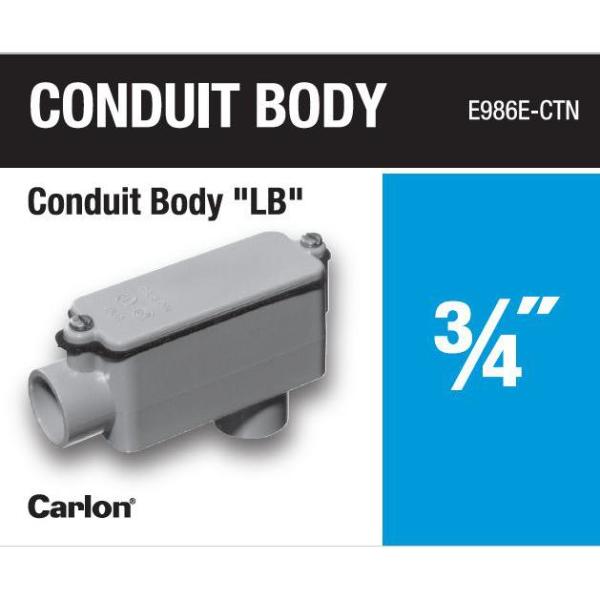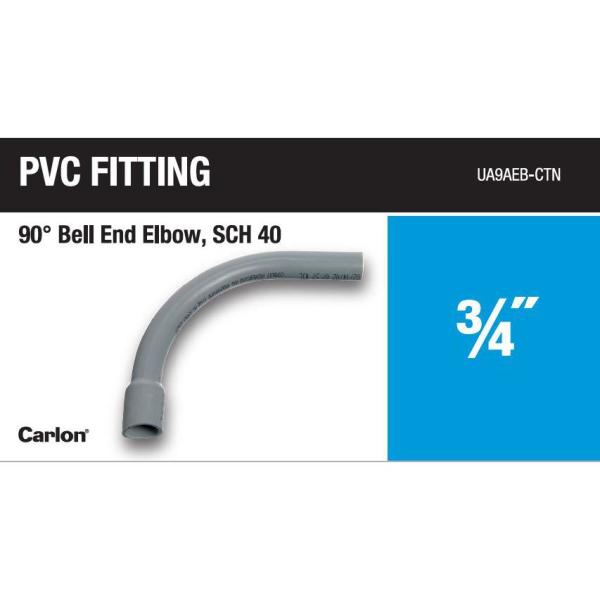Thanks for the advice folks. I decided to extend the conduit so that it reached a point where it could enter the garage without cross the footing. I didn't feel good about leaving a raised section(trip hazard), and bending the conduit flush with the shape of the footing did not seem easy either. I entered with an exterior box connected to a 4 inch nipple through the wall, where I transitioned from the THHN/THWN-2 to NM for the interior run. With the box installed, I added an exterior outlet, which was a nice bonus. In spite of the extra length and additional 90, I had no trouble pulling the 3 wires though. I know the RMC can be used for a ground path, but I figured it couldn't hurt to have a wired ground. The whole circuit is also on a GFI.
A lot of folks recomnded running PVC or UF-B, but I did not want to do this because I was digging the trench by hand with a shovel. Getting to 12, 18, or 24 inches is a lot more work this way, and the soil was not digging friendly. I put Kopr-Kote on the threads, and PVC wrap tape on the vertical sections. It will rust, but even if it lasts only 20-30 years, it may well outlast the shed itself. I also like that the steel conduit can easily withstand an errant shovel, or landscaping tool. It's not in an area that will see much activity though, kind of a dead space between a shed and a garage.
How did I do?


